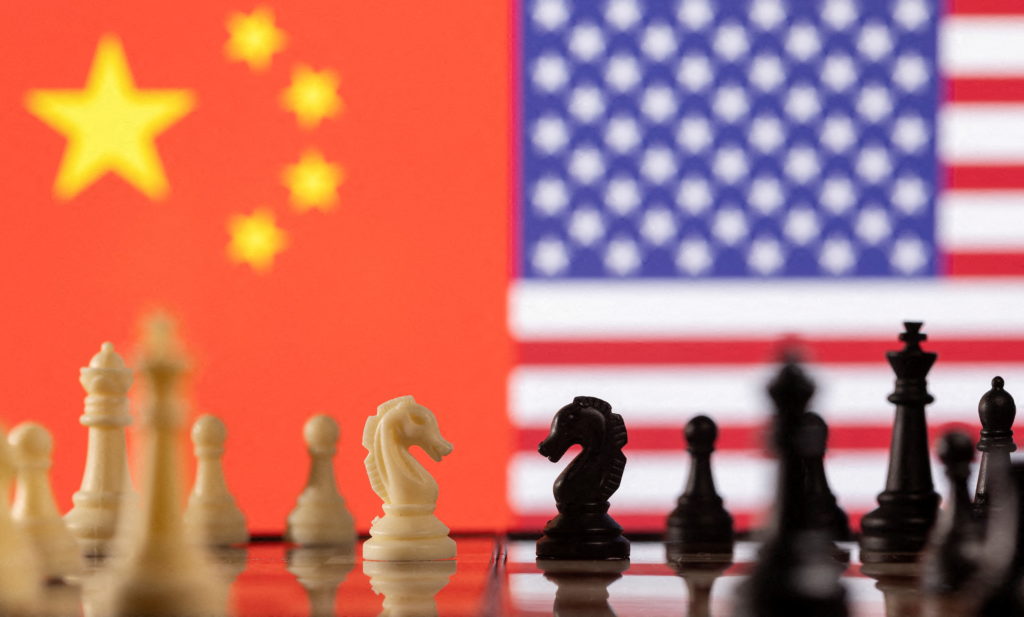
Date: [01/31/2024]
As geopolitical tensions escalate in the Asia-Pacific region, the United States is intensifying its efforts to prepare for potential contingencies, including the possibility of a Chinese invasion of Taiwan. The strategic move comes as both nations engage in military posturing and flexing their military muscles, raising concerns about regional stability.
U.S. military officials have been actively assessing and enhancing their readiness to respond to various scenarios involving Taiwan. While diplomatic channels remain open, the Biden administration is prioritizing the strengthening of defense capabilities and bolstering alliances to deter aggression and maintain peace in the region.
Here are key aspects of how the U.S. is preparing for a potential conflict involving Taiwan:
- Military Exercises and Deployments: The U.S. Pacific Fleet has increased its presence in the Indo-Pacific region, conducting joint military exercises with regional partners. The deployment of aircraft carriers, destroyers, and other assets aims to demonstrate a robust commitment to the defense of Taiwan and the region as a whole.
- Arms Sales to Taiwan: The United States has continued to support Taiwan’s defense capabilities through arms sales, providing advanced weaponry and technology. This not only strengthens Taiwan’s ability to defend itself but also serves as a deterrent against potential aggression.
- Alliance Strengthening: The U.S. is working closely with its regional allies, including Japan, South Korea, and Australia, to build a unified front against potential threats. Multilateral cooperation and joint defense strategies are seen as critical components of deterring aggression and maintaining regional stability.
- Diplomatic Initiatives: Diplomatically, the United States has reiterated its commitment to the longstanding “One China” policy but has also expressed concerns about any coercive actions against Taiwan. Engaging in diplomatic efforts, the U.S. is seeking to address underlying issues and promote peaceful solutions to avoid military escalation.
- Strategic Communication: The Biden administration has been transparent in its communication about its commitment to the defense of Taiwan. This includes public statements from top officials, emphasizing the importance of stability in the region and warning against any attempts to change the status quo through force.
- Evaluating Cyber Threats: In addition to traditional military preparations, the U.S. is also focusing on potential cyber threats. Recognizing the importance of cybersecurity in modern conflicts, efforts are underway to fortify defenses against cyber-attacks that could accompany a military confrontation.
While the situation remains complex and delicate, the United States is navigating a fine line between ensuring a robust defense of Taiwan and avoiding actions that might unnecessarily escalate tensions. The overarching goal is to maintain stability, peace, and open channels for diplomatic resolutions to regional disputes. The global community continues to closely watch developments in the Taiwan Strait, hoping for a peaceful resolution to the ongoing geopolitical challenges.






